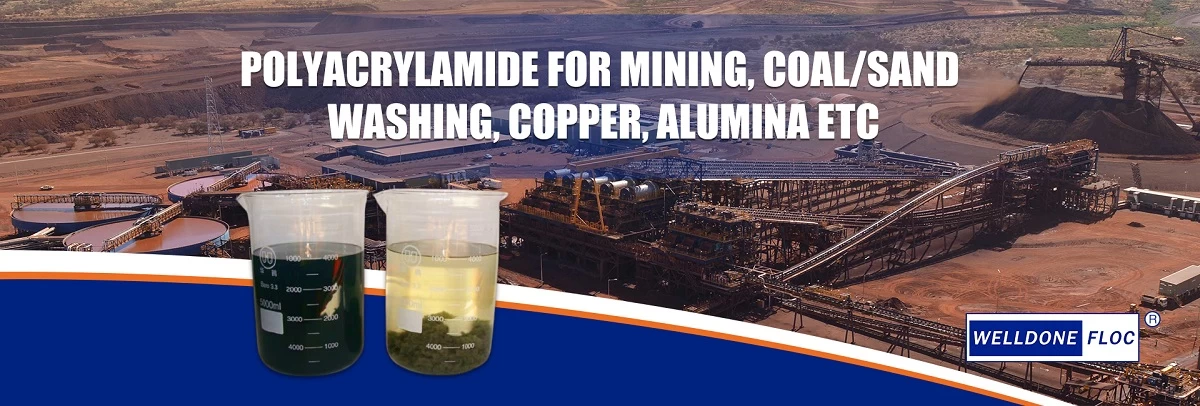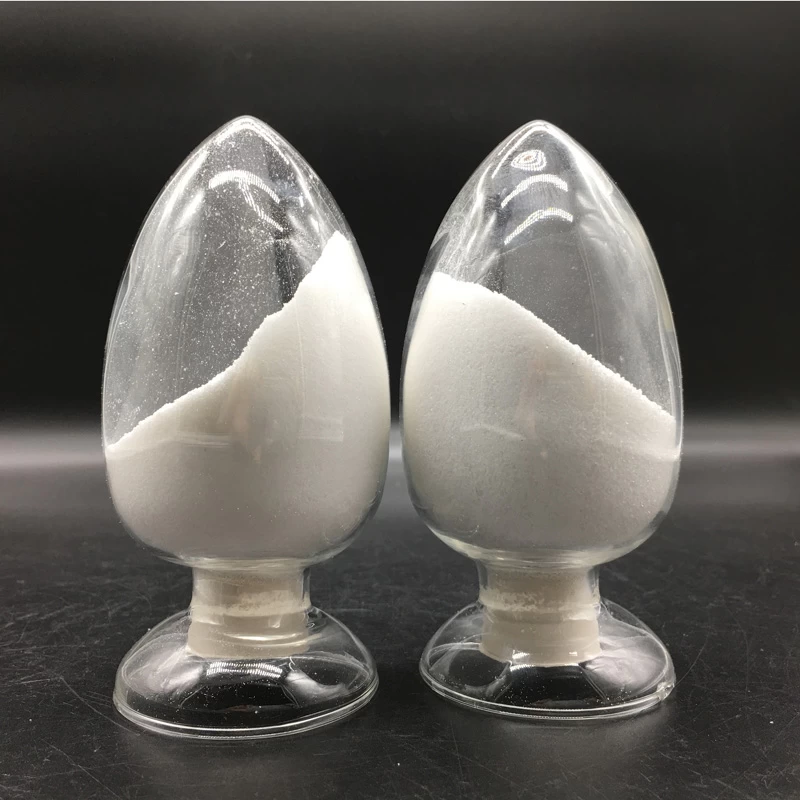олиакриламид: эффективная и безопасная промышленная добавка
Будет ли использование полиакриламида (ПАМ) загрязнять окружающую среду?
Characteristics and applications of polyacrylamide
Polyacrylamide is a linear polymer compound that can be divided into non-ionic, cationic and anionic types according to its ionicity. Different types of PAM have different characteristics and are suitable for different application scenarios.
Water treatment: PAM can effectively remove suspended solids and colloidal substances in water and is widely used in sewage treatment, drinking water treatment and other fields.
Oil extraction: PAM is used as a drilling fluid additive to increase the viscosity of drilling fluid, reduce filtration loss, and improve drilling fluid performance.
Papermaking: PAM can increase the strength of paper and improve the surface properties of paper.
Other fields: PAM is also used in textiles, food, construction and other fields.
Impact of polyacrylamide on the environment
Misconception: Many people believe that polyacrylamide will pollute the environment, mainly because its monomer, acrylamide, has certain toxicity. However, after the polymerization reaction, the toxicity of polyacrylamide is greatly reduced, and it is not easy to degrade into acrylamide monomer under normal conditions of use.
Correct understanding: Polyacrylamide itself is not bioaccumulative and will not remain in the environment for a long time. When used under conditions that meet relevant standards and specifications, its impact on the environment is controllable.
Polyacrylamide is a safe and efficient industrial additive under correct use conditions. Its impact on the environment is controllable, and its impact on the environment can be reduced by selecting suitable varieties, optimizing the use process, and strengthening wastewater treatment.

 Электронная почта: jack.ma@welldonechina.com
Электронная почта: jack.ma@welldonechina.com +86-17664031716
+86-17664031716





-for-drilling-muds.png.webp)





